Saving money doesn’t have to feel like punishment or a spreadsheet-filled prison sentence. It doesn’t mean having to give up every little thing that makes life fun, just being smarter with the stuff that doesn’t matter as much. A few shifts in habits, perspective, and timing can stack up to real results. These tips can help make sure you end each year with more dollars in the bank.
Track Every Dollar
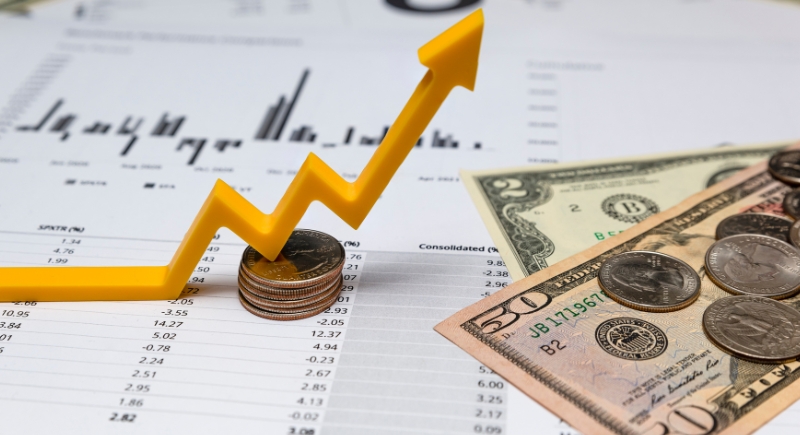
Credit: Canva
Most folks think they know where their money goes until they actually track it. The small expenses really do add up. Use apps like Mint or YNAB (You Need A Budget) to spot leaks. Once you see the numbers, it’s easier to plug the holes.
Treat Saving Like a Bill
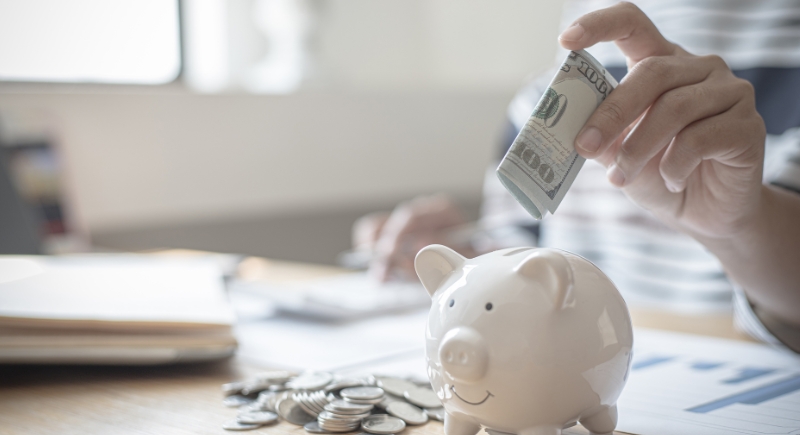
Credit: Canva
Think of your savings as a monthly expense, not an optional bonus. Set up automatic transfers to your savings account the same way you pay for rent or utilities. Even if it’s just $50 a month, treating it as non-negotiable builds a habit that adds up big time over the year.
Pay Yourself First
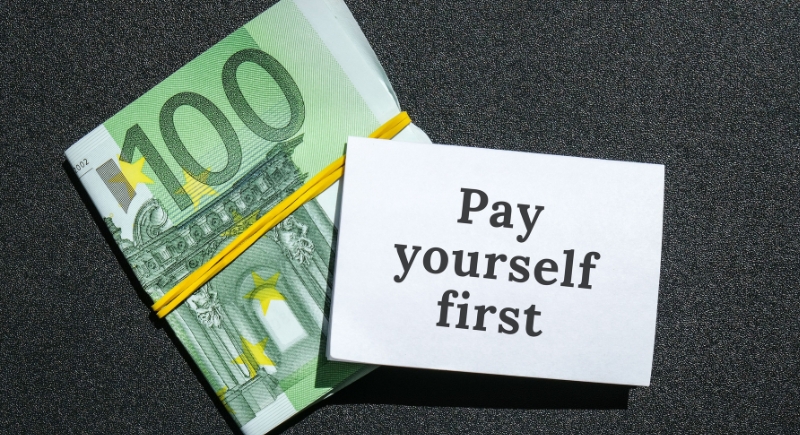
Credit: Canva
Before paying rent or before doing groceries, stash money away for yourself. This concept, straight from classic personal finance advice, means prioritizing your future over today’s temptations. Set it and forget it. You’ll be surprised how quickly it grows when you stop trying to save “what’s left over.”
Use the 24-Hour Rule

Credit: doucefleur's Images
Impulse buys are sneaky little budget busters. Next time you want to splurge on something, wait 24 hours. If you still want it after a day, go ahead. But odds are, you’ll forget about it or realize you didn’t really need it. That’s money staying in your account.
Cancel What You Don’t Use
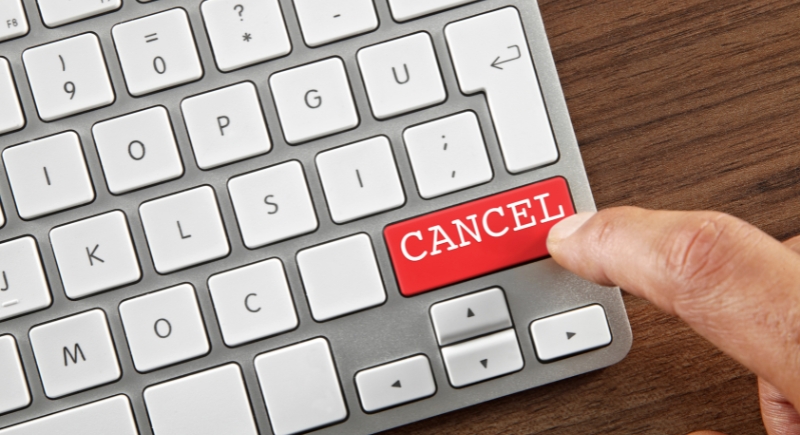
Credit: Getty Images
Those monthly charges for streaming services you forgot about? That gym membership you “meant” to use? They’re quietly draining your cash. Check your statements and cancel anything gathering digital dust. Even just three or four cancellations can free up hundreds over the course of a year.
Use Cash for Discretionary Spending

Credit: Getty Images
Pull out a set amount of cash for non-essentials each week. Stuff like eating out, coffee, or shopping. Once the cash is gone, that’s it. There’s something psychological about handing over physical money that makes it harder to spend. You’ll naturally start making smarter choices.
Do a No-Spend Month

Credit: Getty Images
One month a year, challenge yourself to only spend on essentials—rent, food, gas, and bills. Everything else? Off-limits. It’s like a financial reset button. You'll realize how much of your spending is just habit, and it could save you a few hundred bucks in just four weeks.
Use a Budgeting App You Actually Like
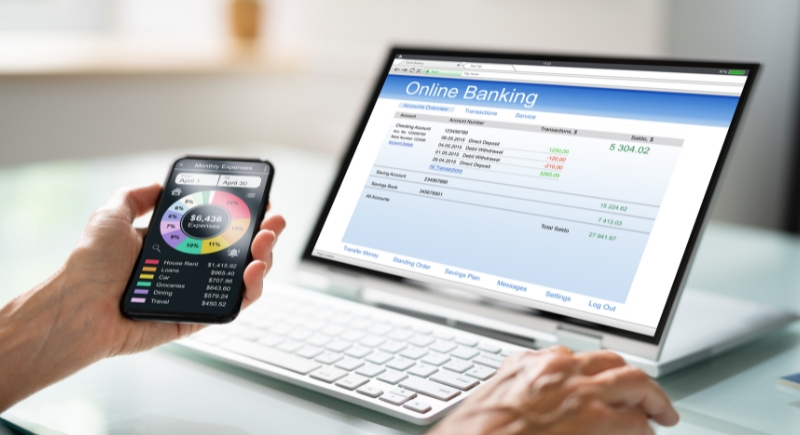
Credit: Getty Images
For some people, spreadsheets are the stuff of nightmares. That’s why apps like PocketGuard, Goodbudget, EveryDollar, and more exist. Find one that doesn’t feel like homework. If it’s easy to check and kind of fun to use, you’re way more likely to stick with it.
Round Up and Save the Change
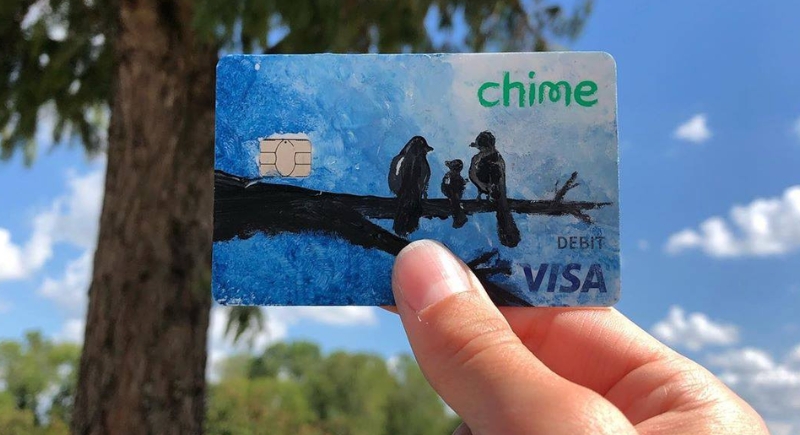
Credit: Getty Images
Apps like Acorns or Chime round up your purchases to the next dollar and stash the change in savings. Buy a $4.50 coffee? They tuck away 50 cents. You don’t notice it, but those micro-savings snowball. Some people save over $300 a year this way without lifting a finger.
Time Big Purchases Right

Credit: Getty Images
Sales cycles are predictable if you know when to look. Buy TVs in January, mattresses on Memorial Day, and laptops during back-to-school season. Planning around these patterns can save you hundreds. The trick is patience and using price tracking tools for online deals.
Meal Prep to Slash Food Waste

Credit: Getty Images
Groceries are among the biggest budget busters, especially when leftovers end up in the trash. Planning meals for the week helps you buy only what you need and actually use it. The USDA reports the average American household tosses nearly $1,500 worth of food every year. That’s money straight to savings.
Set Specific, Fun Savings Goals
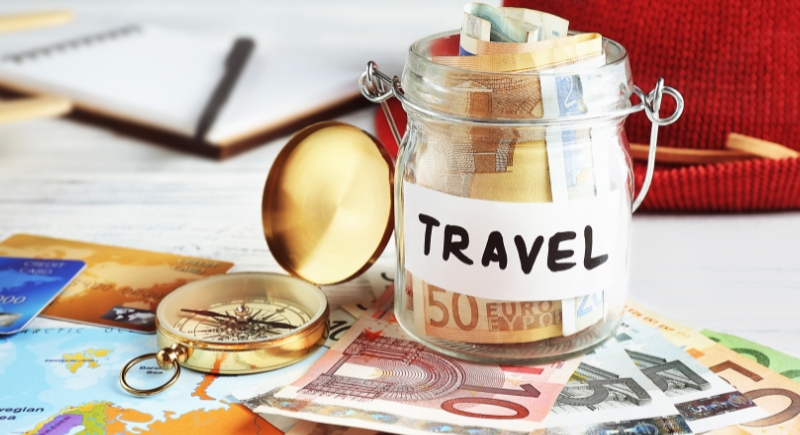
Credit: pixelshot
Instead of just “save more,” pick something you’re excited about—a weekend trip, a new bike, a killer pair of boots. When your goal is visual and specific, you’re more motivated to stick to it. Label your savings accounts, too. “Italy Trip 2025” hits differently than “General Savings.”
Use Gift Cards Like a Budget Tool
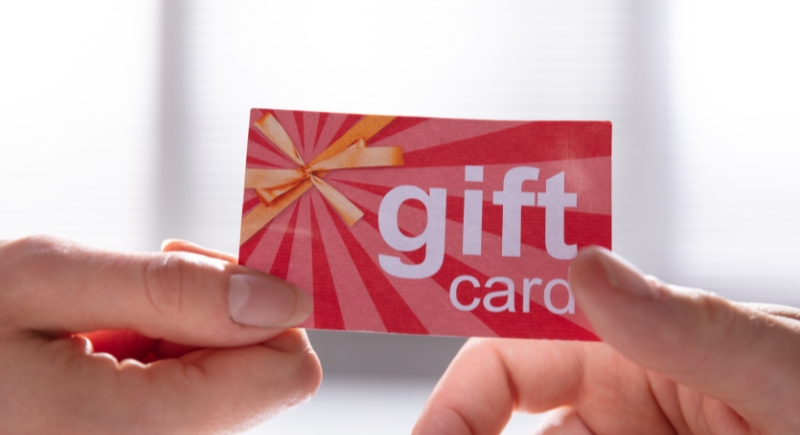
Credit: Getty Images
Buy a prepaid gift card for stores you shop at often—like Target or Starbucks—and treat it like a mini budget. When the card runs out, that category’s done for the month. There are no surprises or overdraft fees, and it adds a little challenge that can make saving kind of fun.
Take Advantage of Employer Matching
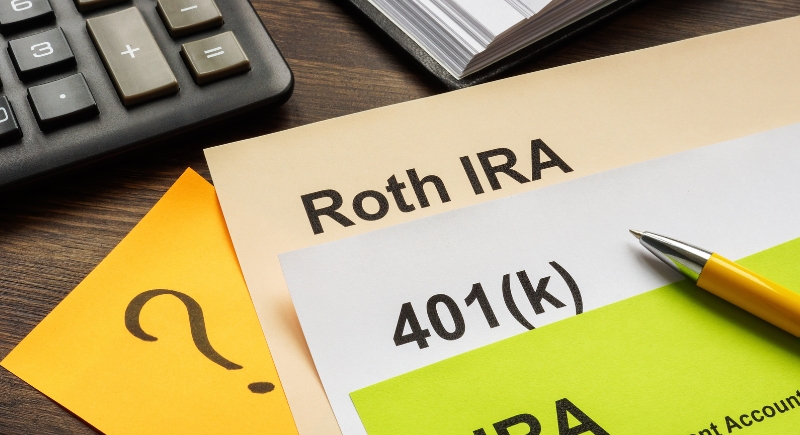
Credit: Getty Images
If your company offers a 401(k) match, grab it. That’s literally free money. If they match 5%, and you’re only contributing 2%, you’re leaving cash on the table. Over time, this can mean tens of thousands of dollars extra for retirement. It’s a rare no-brainer in the money world.
Buy Used Before You Buy New

Credit: Getty Images
Before hitting “checkout” on that new chair, jacket, or blender, check out resale sites like Facebook Marketplace, eBay, or local thrift stores. Plenty of people sell gently used items at a fraction of the retail price. It’s not just cheaper—it’s better for the environment too. Win-win.
